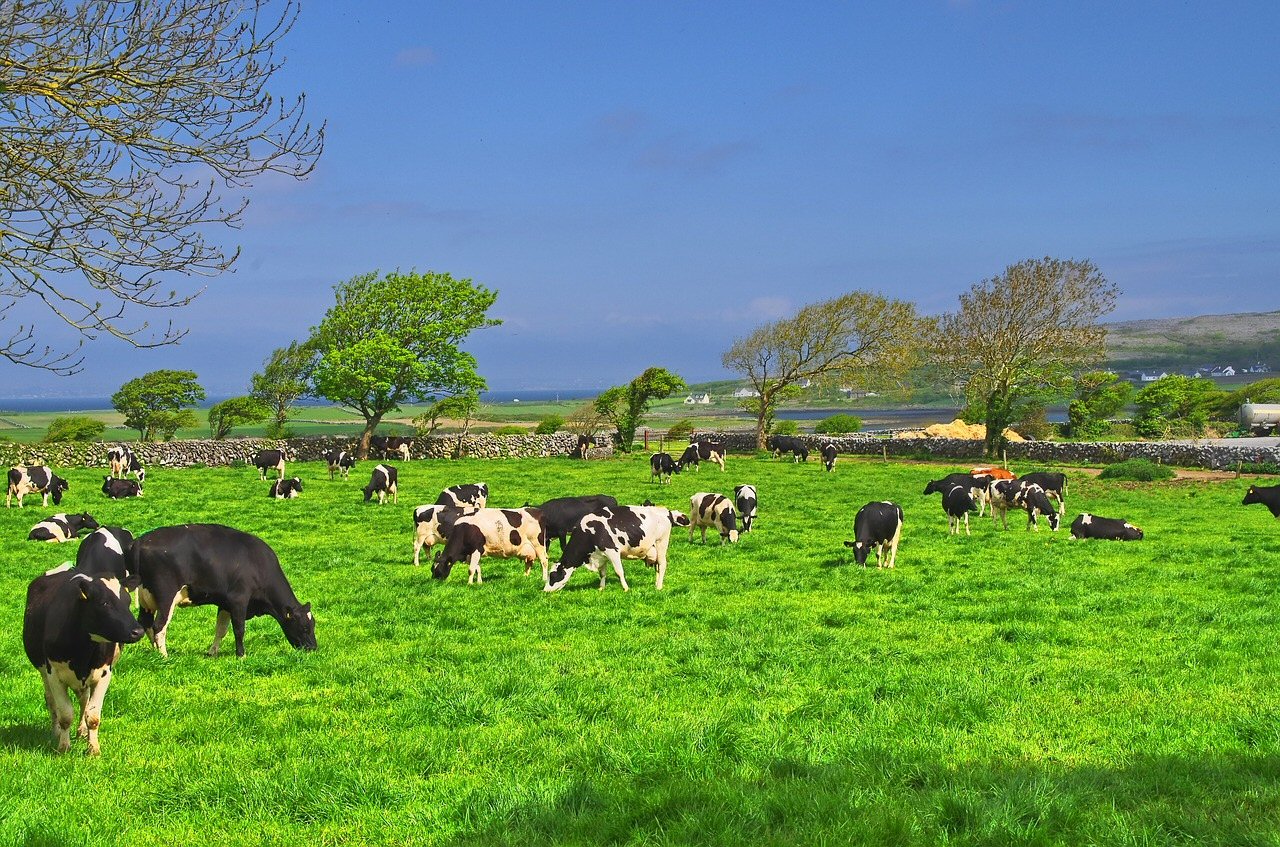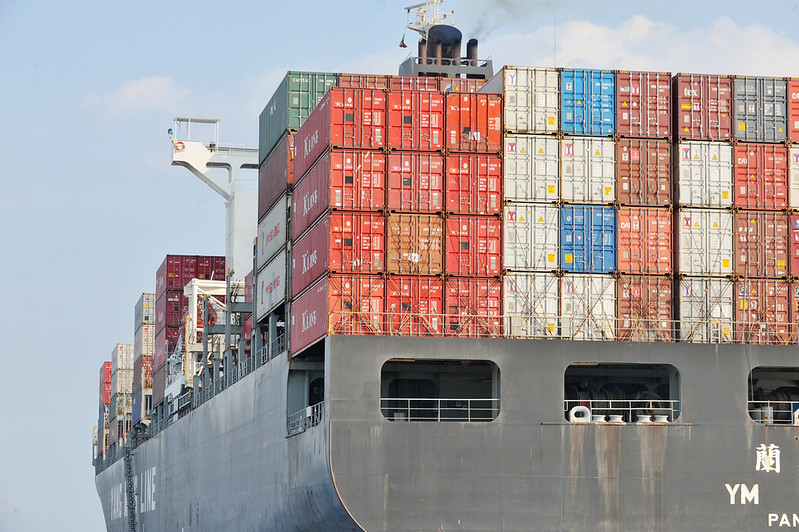Whether the next CAP can help EU agriculture to meet the targets set out in the European Green Deal is one of several questions that need to be asked as the trilogue negotiators face into the ‘super trilogue’ on 25-26 May. I addressed this question in a talk given at a webinar organised by the Czech Association of Agricultural and Environmental Economists and Sociologists today. A copy of my presentation can be accessed here.
To address this question, my organising framework focused on four areas:
- The robustness of the legislative framework itself
- The ambition in Member State implementation in their national Strategic Plans
- The rigor of the governance and oversight arrangements and the role of the Commission
- Political economy obstacles through potential negative impacts on farm incomes.










